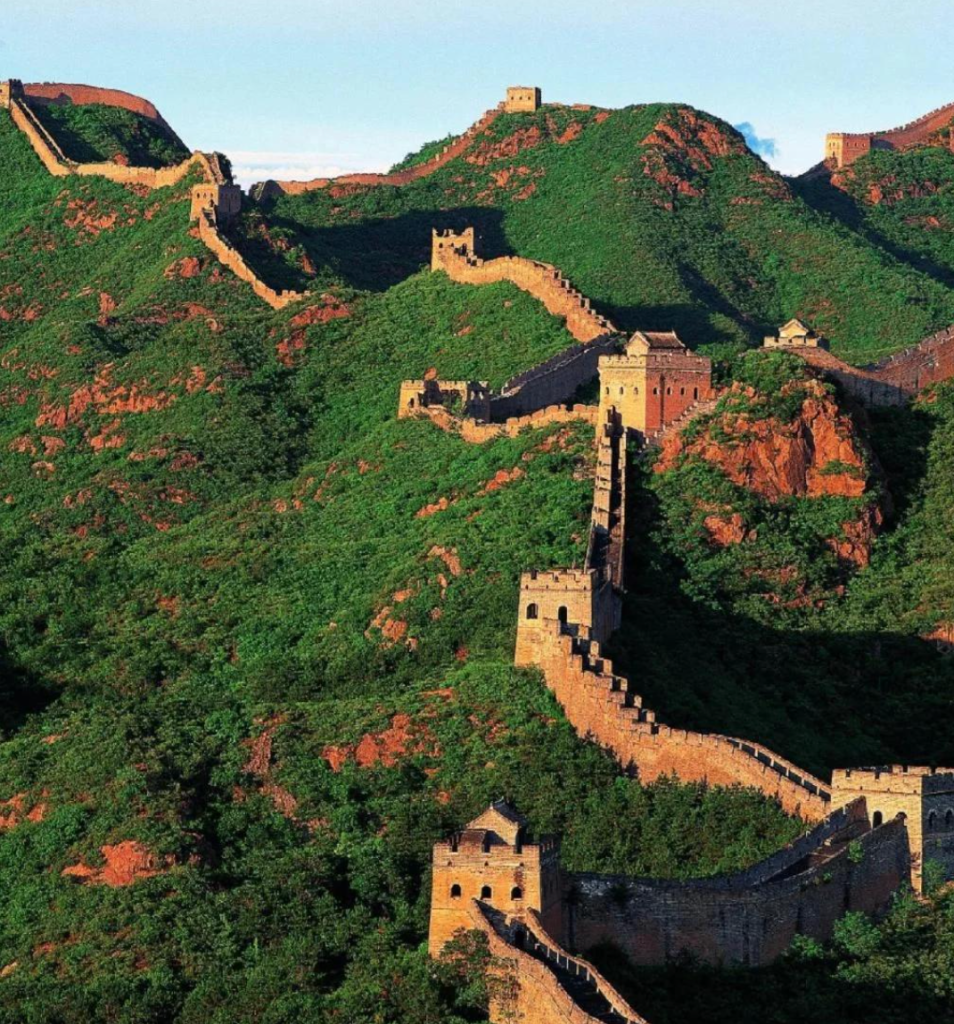The Great Wall of China is a global landmark, and while its core identity is tied to China, different countries have their own ways of naming it—often reflecting language rules, cultural impressions, or direct translations of its Chinese roots. These names, though varied, all point to the same iconic structure and its reputation as a “great” human achievement.

European Countries: Translations and Phonetic Twists
Most European languages name the Great Wall by combining “great” (or a similar term for grandeur) with “wall,” often adding “of China” to specify its location.
- English: “The Great Wall of China” – This is the most widely used name globally. It directly emphasizes the wall’s “greatness” (in scale and importance) and links it to China, staying true to the structure’s essence.
- Spanish: “La Gran Muralla de China” – “Gran” means “great,” “Muralla” means “wall,” and “de China” means “of China.” The structure mirrors English, focusing on the wall’s grand scale.
- French: “La Grande Muraille de Chine” – “Grande” is “great,” “Muraille” is “wall,” and “de Chine” is “of China.” Like Spanish, it’s a straightforward translation that highlights the wall’s size.
- German: “Die Große Mauer Chinas” – “Große” means “great,” “Mauer” means “wall,” and “Chinas” (possessive) means “of China.” The order differs slightly (placing “China” at the end), but the focus on “greatness” remains.
- Russian: “Большая Китайская Стена” (Bolshaya Kitayskaya Stena) – “Bolshaya” means “great,” “Kitayskaya” means “Chinese,” and “Stena” means “wall.” It puts “Chinese” before “wall,” emphasizing the structure’s connection to China first.
Asian Countries: Cultural and Linguistic Ties
Asian countries, with closer historical and cultural links to China, often use names that blend phonetic borrowings from Chinese (“Changcheng,” the original Chinese name) or direct translations.
- Japan: “万里の長城” (Banri no Chōjō) – Literally, “The Long Wall of Ten Thousand Li” (a “li” is an ancient Chinese unit of length, about 500 meters). It draws from the traditional Chinese description “Wanli Changcheng” (万里长城), focusing on the wall’s extraordinary length. Sometimes, it’s also called “中国の長城” (Chūgoku no Chōjō), meaning “China’s Long Wall.”
- South Korea: “만리장성” (Manri Jangseong) – A direct borrowing of the Chinese “Wanli Changcheng.” “Manri” means “ten thousand li,” “Jangseong” means “long wall.” It reflects the shared cultural understanding of the wall’s length in East Asia.
- Vietnam: “Trường Thành Trung Quốc” – “Trường Thành” means “long wall” (translating Chinese “Changcheng”), and “Trung Quốc” means “China.” It focuses on the wall’s length first, then its connection to China.
- India: “चीन की महान दीवार” (Cheen ki Mahan Diwar) – “Mahan” means “great,” “Diwar” means “wall,” and “Cheen ki” means “of China.” It’s a simple translation, similar to English, emphasizing the wall’s greatness.
Other Regions: Simplified or Phonetic Names
In some regions, names are either simplified (dropping “great” but keeping the core identity) or use phonetic versions of “Changcheng.”
- Arabic: “الجدار العظيم الصيني” (Al-Jidar Al-ʿAẓīm As-Sīnī) – “Al-Jidar” means “the wall,” “Al-ʿAẓīm” means “great,” and “As-Sīnī” means “Chinese.” It follows the “great wall of China” structure common in European languages.
- Swahili: “Muuraha Mkuu wa China” – “Muuraha” means “wall,” “Mkuu” means “great,” and “wa China” means “of China.” It’s a direct translation that makes the wall’s importance clear to Swahili speakers.
- Portuguese: “A Grande Muralha da China” – Similar to Spanish and French, “Grande” is “great,” “Muralha” is “wall,” and “da China” is “of China.” It sticks to the global pattern of highlighting the wall’s grandeur.
No matter the language, these names all share a common thread: they reflect the Great Wall’s reputation as a structure of extraordinary scale, historical importance, and global fame. Whether focusing on its “length” (from Chinese “Changcheng”) or its “greatness” (from its global impact), each name tells a small part of the wall’s story—one that resonates across cultures.